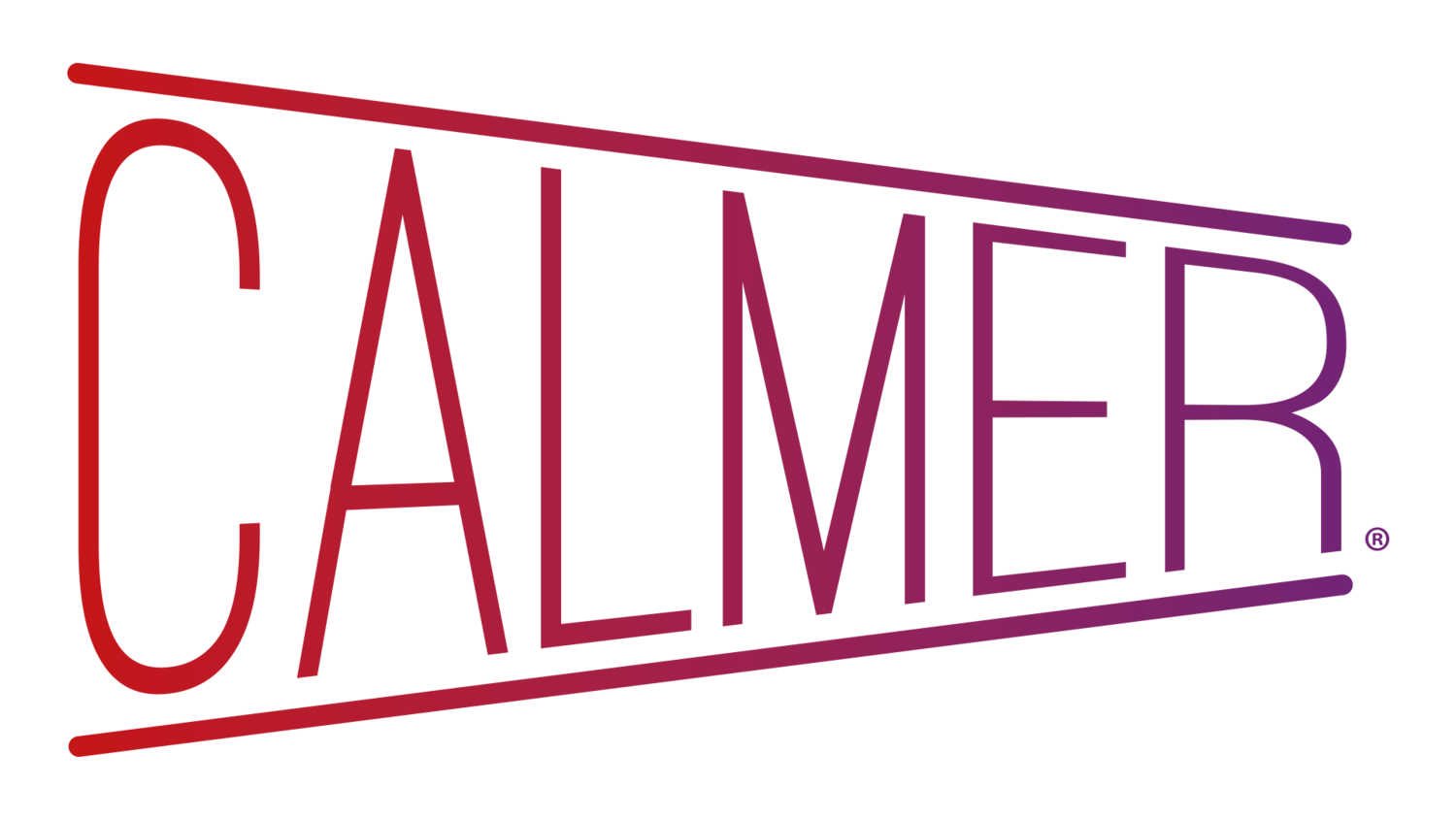How often do you doodle? Whether it’s the classic biro on sticky notes at work, or sketching on an iPad while sat in your armchair watching TV, releasing our inner creativity can have many benefits.
With National Doodle Day coming up on 20th September, we decided to explore what doodling means - and how it may look like procrastination, but could actually help you to be more productive!
What is doodling?
Doodling is the act of creating drawings in an unconscious or unfocused manner. While it may be considered rude to doodle during classes at school, or in a meeting at work, doodling can actually be incredibly beneficial.
For many, doodles consist of a repeated pattern of designs familiar to the doodler. No two doodles are the same, but we often return to the same patterns, which may be down to their pleasing familiarity, how enjoyable they feel to draw, or simply the fact that they’re what we’ve always doodled.
Four benefits of doodling
Doodling can benefit your mind, productivity, and business. Here’s how:
Improved focus
In her TED Talk, Sunni Brown explains how doodling and creative thinking can improve our comprehension and problem-solving skills. She also explains how doodling invites us to focus on the present; it is not a distraction, but a form of meditation or mindfulness.
Mindfulness is a subject we’ve discussed a lot previously, as it is an area many businesses are investing in to support their employees and boost their workplace cultures. In short, mindfulness can help you to be present, aware, and more observant of what’s going on around you, or in a specific task.
Improved short-term memory
When it comes to productivity, there has always been the perception that doodling detracts from the task at hand. Some experiments have shown that doodling aids concentration (Do & Schallert, 2004), or at least maintains a level of focus (Wilson & Korn, 2007) during boring tasks. However, in one experiment (Andrade, 2010), doodles were found to aid the recall of a conversation, where non-doodlers couldn’t recall the conversation as well.
As this is just one experiment, it’s worth taking the findings with a pinch of salt. However, if you find that doodling does support your memory, or at least keeps you focused during an uninteresting task, there’s no harm in encouraging it.
Reduced stress levels
Doodling is also used as a form of art therapy. While we doodle up to 15 hours each year, most of that is done without conscious effort. If you find doodling, or any kind of creative task, to be soothing, it may be worth investigating this further and seeing how it helps you with stress management or reducing burnout.
Added brand personality
While we won’t want to share most of our personal doodles, sharing the creativity that goes on in your business with the wider world can actually improve your reputation, and brand perception. Consider Google and their homepage doodles, or the messages we can share through creativity, such as female empowerment, or the negative impact of fast fashion. Finding creative avenues for communicating what you do, and why you do it, can boost your business too.
How to join in with National Doodle Day
National Doodle Day was created by Epilepsy Action, a charity that works to improve the lives of everyone affected by epilepsy. On 20th - 22nd September, they will be hosting a charity auction of doodles created by famous faces, with all the proceeds going towards their work.
You can find out more on their Doodle Day site, or follow their Twitter account.

